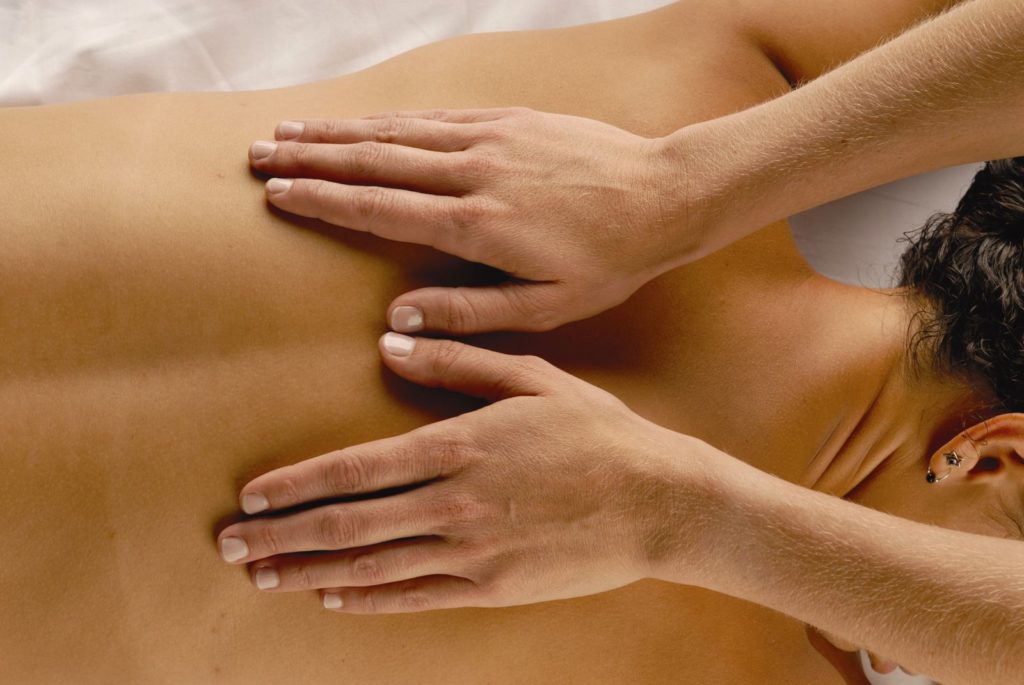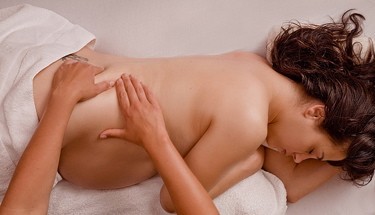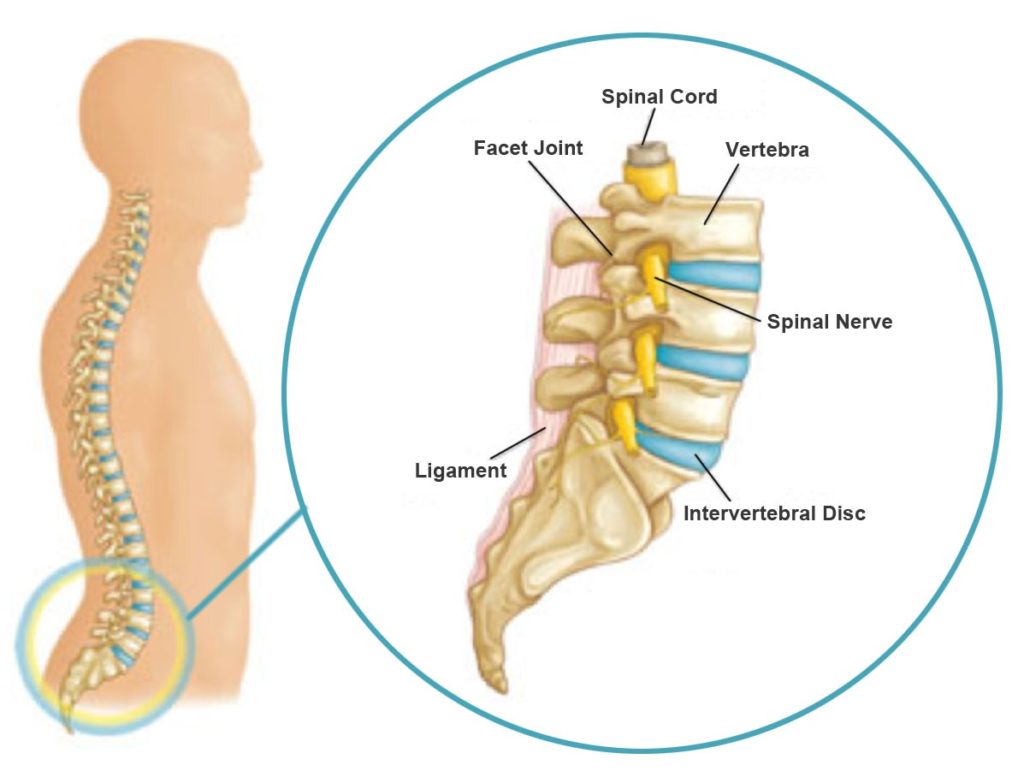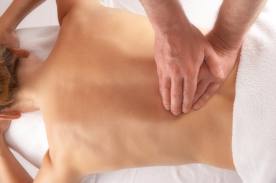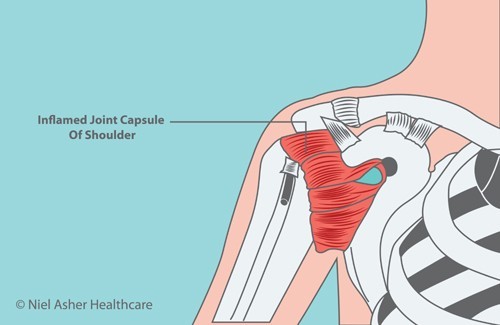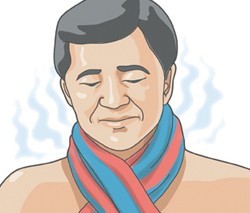In the U.S., approximately 25.8 million people are diabetic, and this number continues to rise.1 Most of us know someone with diabetes who copes with managing the disease’s symptoms and side effects on a daily basis.
There are two types of diabetes. Type I makes up 10-15% of all cases, and is a chronic autoimmune condition which causes the pancreas to stop making insulin. Type II Diabetes accounts for 85% or more of all cases. With Type II, the pancreas still produces insulin, but the body’s cells have become insulin resistant. Some Type II Diabetics are able to control or reverse the disease through diet and lifestyle changes.
Despite their fundamental differences, both Type I and II Diabetics’ primary challenge is managing elevated blood sugar levels. Over time, high blood sugars can have detrimental effects on the body including poor circulation, weight gain, stiffening of muscles and connective tissues, gum disease, and peripheral neuropathy (nerve pain).
The mental and emotional stresses of dealing with a serious medical condition often trigger anxiety and depression, compounding the physical challenges brought on by diabetes. Scientific studies demonstrate that complementary treatments such as massage, acupuncture and yoga combined with Western medicine can effectively relieve the physical, mental and emotional stressors that result from diabetes.2
In addition to improving circulation, “Massage has been shown to decrease anxiety in a variety of patient populations, including people with diabetes. These stress-reducing benefits of massage have raised the possibility that massage may be of benefit to people with diabetes by inducing the relaxation response, thereby controlling the counter-regulatory stress hormones and permitting the body to use insulin more effectively.”3
According to an ancient Chinese medical book, the Nei Jing, acupuncture has been used to treat diabetes for over 2,500 years.1 Research has confirmed 
Exercise is commonly prescribed as an important part of a diabetes management program. Yoga movement and breathing can improve circulation and oxygenation of the body, as well as increase mind-body awareness, giving diabetics a greater sense of self-control and empowerment in coping with their disease.
This is an original article from Dreamclinic, Inc. Dreamclinic is a Health and Wellness company committed to sharing information about commonly experienced health conditions and how they may be impacted through the use of bodywork and other natural approaches. Dreamclinic offers massage, acupuncture, and Reiki sessions at its Greenlake and Queen Anne clinics, as well as onsite massage at workplaces around Puget Sound. Contact us to learn more about how Dreamclinic can help you, your family or someone you love effectively manage the effects of diabetes.
References
1. https://www.acufinder.com/Acupuncture+Information/Detail/Treating+Diabetes+with+Acupuncture+and+Chinese+Medicine
2. http://www.acupuncture.org.uk/a-to-z-of-conditions/a-to-z-of-conditions/type-2-diabetes.html
3. http://spectrum.diabetesjournals.org/content/14/4/218.full
Images: http://myomassage.massagetherapy.com/images/backmass.jpg
http://okanaganacupuncture.com/wp-content/uploads/2011/01/peripheral-neuropathy.jpg
Other Resources
1. http://spectrum.diabetesjournals.org/content/14/4/218.full
2. http://www.amtamassage.org/articles/3/MTJ/detail/1774
3. http://www.acupuncture.org.uk/a-to-z-of-conditions/a-to-z-of-conditions/type-2-diabetes.html
4. http://diabetes.webmd.com/guide/natural-remedies-type-2-diabetes
5. http://www.prevention.com/fitness/yoga/yoga-poses-help-ease-diabetes-symptoms?page=2

